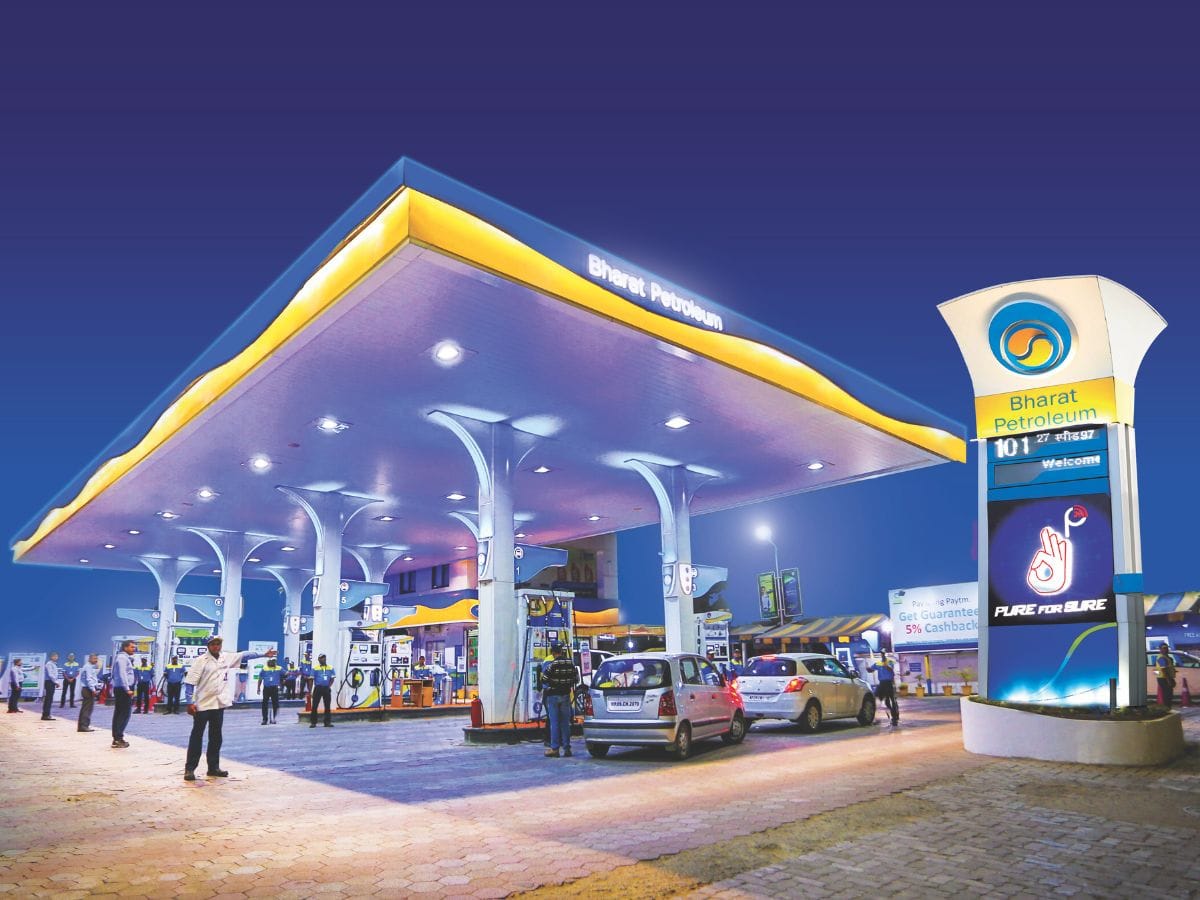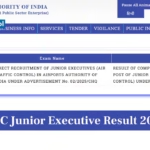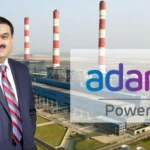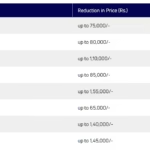Petroleum India’s energy landscape is vast and dynamic, with public sector giants like Bharat Petroleum Corporation Limited (BPCL) playing a central role in powering the nation’s economic engine. From refining crude oil to retailing fuel across the country, BPCL has grown into one of India’s most important integrated energy companies. In an era of transition towards cleaner energy, BPCL is also reshaping its strategy to remain competitive and sustainable.
Let’s dive into BPCL’s business model, recent performance, and future growth plans in this comprehensive analysis.
About BPCL: A Public Sector Energy Leader
Founded in 1952, Bharat Petroleum Corporation Limited is a Maharatna PSU under the Ministry of Petroleum and Natural Gas, Government of India. It is India’s second-largest oil marketing company, with a robust presence in refining, marketing, and distribution of petroleum products.
BPCL’s Business Segments:
- Refining – Operation of large-scale refineries for crude oil processing.
- Marketing – Sale of petroleum products like petrol, diesel, LPG, lubricants, etc.
- Exploration & Production (E&P) – Involvement in upstream oil and gas exploration.
- Gas and Renewable Energy – Focus on natural gas, solar, EV infrastructure, and biofuels.
With a wide network of over 21,000 retail fuel outlets, BPCL reaches millions of Indian consumers every day. Its three major refineries—Mumbai, Kochi, and Bina (Bharat Oman Refineries Limited)—have a combined capacity of over 35 million metric tonnes per annum (MMTPA).
Financial Performance: FY24 and Q1 FY25 Snapshot
BPCL delivered strong financial performance in FY2023–24 and continues the momentum into FY2024–25.
FY2023–24 Highlights:
- Revenue from Operations: ₹5.15 lakh crore
- Net Profit: ₹26,673 crore (vs ₹2,131 crore in FY23)
- EBITDA: ₹45,243 crore
- Refining throughput: 39.3 MMT
- Market Sales: 50.6 MMT
BPCL’s net profit jumped over 1,100% YoY, thanks to higher refining margins, stable crude prices, and better marketing margins on fuel sales. The company also declared a final dividend of ₹21 per share, rewarding shareholders generously.
Q1 FY25 Preview (Expected in August 2025):
Analysts expect BPCL to report stable refining margins (GRMs), a slight moderation in marketing margins, and Petroleum continued investments in alternative energy and infrastructure.
Strategic Investments and Growth Areas
BPCL is not just sticking to its traditional business—it’s actively investing in new-age energy and infrastructure to future-proof its business. Key areas of investment include :
1. Refinery Expansion and Modernization
- Mumbai Refinery is being upgraded to produce BS-VI compliant fuel and improve energy efficiency.
- Kochi Refinery has added petrochemical capacity to diversify revenue.
- Bina Refinery (BORL) is being expanded from 7.8 MMTPA to 11 MMTPA.
2. EV Charging Infrastructure
BPCL is setting up over 7,000 EV fast-charging stations across India by 2025, focusing on highways and metro cities. As of 2025, more than 3,500 EV stations are already operational.
3. Green Hydrogen and Renewables
In line with India’s net-zero goals, BPCL is:
- Setting up green hydrogen production units in its refineries.
- Investing in solar and wind projects across India.
- Exploring biofuels and ethanol blending, with a target to achieve 20% ethanol blending by 2025.
4. Natural Gas Expansion
BPCL is expanding its presence in the City Gas Distribution (CGD) space through subsidiaries like Bharat Gas Resources Limited. It currently operates in over 48 Geographical Areas, bringing piped natural gas (PNG) and compressed natural gas (CNG) to homes and vehicles.
Digital Transformation: BPCL’s ‘Pure for Sure’ Evolution
BPCL has undergone a digital transformation to improve service delivery and customer satisfaction. Initiatives include:
- HelloBPCL App – A one-stop solution for fuel orders, loyalty points, payments, and EV location tracking.
- UFill – A digital fuel payment and pre-order system offering convenience and transparency.
- SmartDrive Loyalty Program – Rewarding regular customers and fleet operators.
Digitalization has not only improved the efficiency of operations but also helped BPCL connect with younger, tech-savvy customers.
BPCL vs. Peers
BPCL competes directly with:
- Indian Oil Corporation Ltd. (IOCL) – The market leader in fuel retail.
- Hindustan Petroleum Corporation Ltd. (HPCL) – Another PSU with strong presence.
- Reliance Industries & Nayara Energy – Private players with refining and retail operations.
While IOCL still leads in overall volume, BPCL is increasingly seen as more agile and tech-driven, with better returns on capital employed and a more diversified future energy roadmap.
Government Stake and Disinvestment Status
The Government of India currently owns 52.98% of BPCL. The proposed strategic disinvestment (privatization) of BPCL has been in discussion for several years but is yet to conclude.
Multiple global and domestic investors, including energy majors and private equity firms, had earlier expressed interest. However, rising crude volatility and global energy transition goals have led to delays. As of 2025, the disinvestment plan is still under evaluation, but the government remains committed to reducing its holding.
Challenges Ahead
Despite its strong position, BPCL faces several challenges:
1. Volatile Crude Prices
As a refiner and marketer, BPCL is sensitive to fluctuations in crude oil prices, especially when international benchmarks (Brent crude) spike, affecting margins.
2. Energy Transition Pressure
As the world moves towards renewables, BPCL must accelerate its green initiatives while managing legacy fossil fuel assets profitably.
3. Privatization Uncertainty
Delays in the disinvestment process create uncertainty around long-term strategy, employee morale, and investor sentiment.
4. Competition from Private Players
Reliance, Adani, and foreign MNCs are rapidly entering energy and fuel distribution, bringing in efficiencies and customer-centric models.
Future Outlook
BPCL has laid out a robust roadmap to 2040, focusing on:
- Becoming a net-zero company by 2040.
- Investing over ₹1.5 lakh crore in infrastructure, green energy, and digital transformation.
- Expanding into chemicals and value-added petro-products for better margin diversification.
- Building India’s largest EV fast-charging network.
With India’s fuel consumption expected to grow steadily over the next decade—driven by urbanization, mobility, and industrial demand—BPCL is poised to benefit from its strong base and forward-looking strategy.
Conclusion: A Balanced Blend of Legacy and Innovation
Bharat Petroleum is not just a fuel company—it’s a strategic enabler of India’s industrial, transport, and digital ecosystem. From ensuring fuel supply at remote highways to powering India’s energy transition, BPCL continues to reinvent itself in a changing world.
With strong fundamentals, government backing, aggressive diversification, and a commitment to sustainability, BPCL is well-positioned to be a leader in India’s evolving energy story. Whether you’re a customer, an investor, or a policymaker, BPCL’s trajectory will remain central to how India fuels its ambitions in the years to come.










